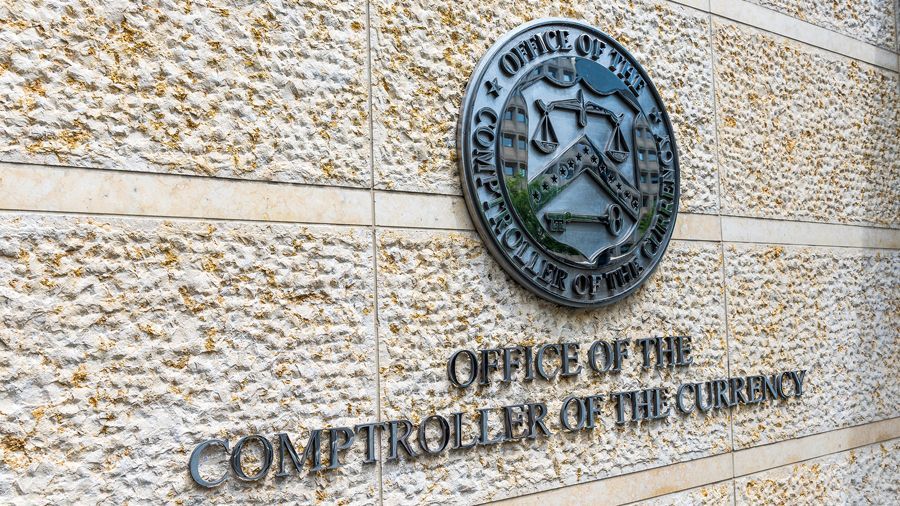The Office of the Comptroller of the United States of America (OCC) has allowed U.S. banks and federal savings associations to use open blockchains and stablecoins to process payments.
According to the OCC notice, banks are allowed to use their own node on open blockchains to validate, store funds and maintain transaction records. Such payment transactions must be carried out in accordance with applicable law. OCC believes that the use of blockchain within the federal banking system will increase the efficiency and stability of payments, as they will be made in real time.
The department highlighted the advantages of blockchain over traditional payment systems: decentralization and the participation of independent nodes in the validation of transactions. Considering that information is added to the network only after a consensus has been reached between the nodes verifying the information, this will prevent data falsification or the addition of incorrect information.
The OCC has warned that banks must be aware of the potential threats associated with blockchain. We are talking about operational risks, fraud and risks of non-compliance with regulatory requirements. The introduction of the latest technologies requires sufficient technological experience so that banks can protect themselves from potential problems. Therefore, banks should take appropriate measures to combat money laundering and terrorist financing by adapting their policies to comply with laws and regulations. This also applies to the reporting and recordkeeping requirements of the Bank Secrecy Act. In addition, banks need to design and implement new measures consistent with prudent risk management, and these measures should be consistent with the banks’ overall business plans and strategies.
Brian Brooks, Acting Comptroller for Foreign Exchange, said the US is focusing on new technologies for real-time payments. Some solutions are created and managed by banking consortia, while others are based on blockchain technology. Brooks said the OCC clarification would clear up legal uncertainties by delineating the powers of banks to act as transaction validators and make stablecoin payments on behalf of customers. Brooks expressed the need for such innovations as customers’ demands for speed and efficiency of payments are constantly increasing.
As a reminder, in September, the OCC allowed US banks to hold funds to back up stablecoins pegged to a single fiat currency at a 1: 1 ratio.







